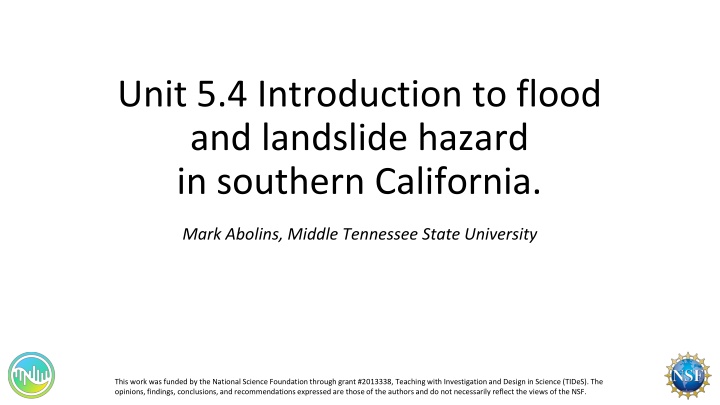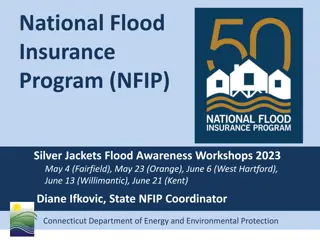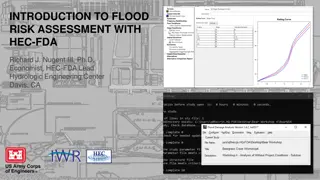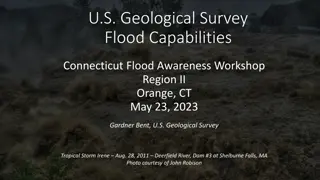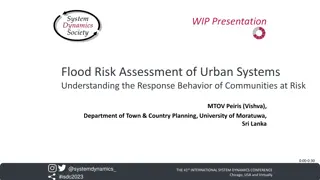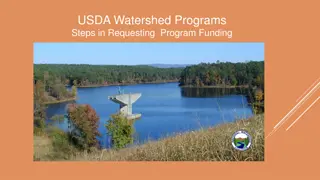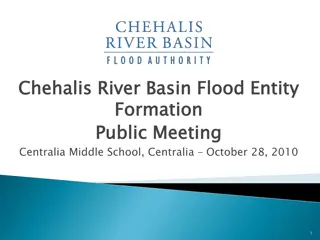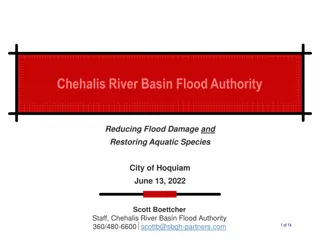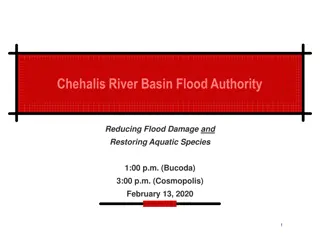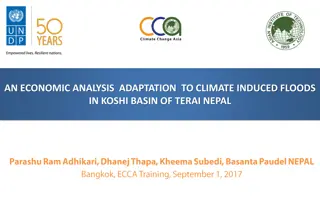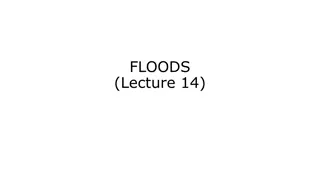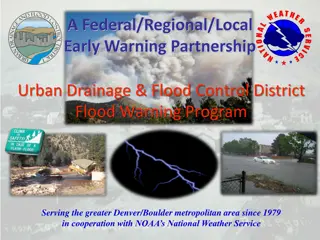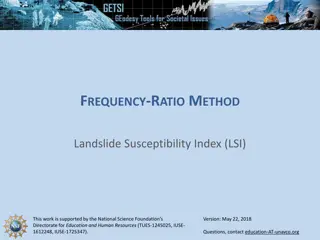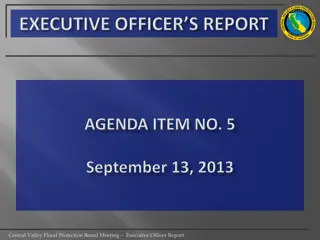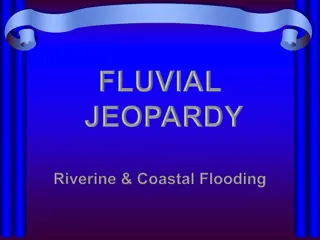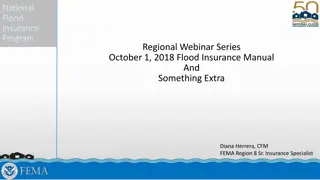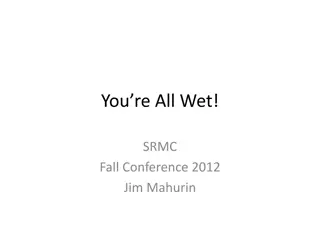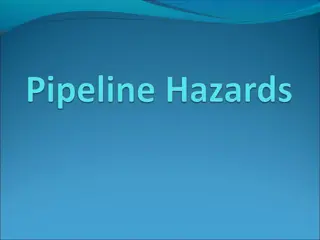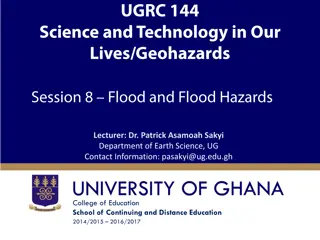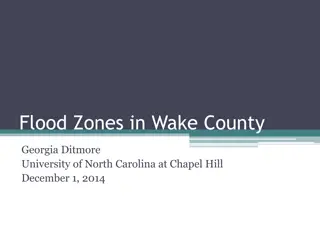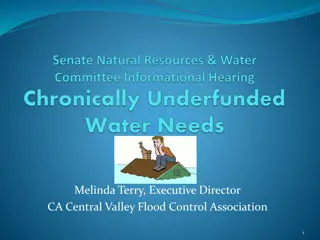Flood and Landslide Hazards in Southern California
This study delves into the natural hazards faced in the Los Angeles metropolitan area, including landslides, mudflows, and wildfires. The interrelation of hazards, population growth, human modifications to landscapes, climate factors, and the orographic effect are explored to provide insights into the risks associated with living in this region.
Download Presentation

Please find below an Image/Link to download the presentation.
The content on the website is provided AS IS for your information and personal use only. It may not be sold, licensed, or shared on other websites without obtaining consent from the author.If you encounter any issues during the download, it is possible that the publisher has removed the file from their server.
You are allowed to download the files provided on this website for personal or commercial use, subject to the condition that they are used lawfully. All files are the property of their respective owners.
The content on the website is provided AS IS for your information and personal use only. It may not be sold, licensed, or shared on other websites without obtaining consent from the author.
E N D
Presentation Transcript
Unit 5.4 Introduction to flood and landslide hazard in southern California. Mark Abolins, Middle Tennessee State University This work was funded by the National Science Foundation through grant #2013338, Teaching with Investigation and Design in Science (TIDeS). The opinions, findings, conclusions, and recommendations expressed are those of the authors and do not necessarily reflect the views of the NSF.
The Los Angeles Area What You Need to Know The Los Angeles metropolitan area is one of the three largest urbanizations in America along with New York, NY and Chicago, IL. Natural hazards include earthquakes, floods, landslides, and mudflows. Wildfires happen in mountainous areas, and they are an important factor in mudflow hazard. La Crescenta, CA
Landslides Landslides occur when masses of rock, earth, or debris move down a slope. Come in all sizes and move at all speeds. Activated by storms and fires and by human modification of the land. Mudflows (or debris flows) are rivers of rock, earth, and other debris saturated with water.
Hazards are interrelated Increased population leads to increased recreation in the mountains. Increased recreation in the mountains has the potential to increase the number of wildfires caused by people, although most are ignited by lightning. Fires lead to erosion and erosion can lead to landslides. As population grows, more people are at risk.
People modify the landscape People have altered hillsides and drainage systems, and have replaced absorbent topsoils with runoff-causing asphalt. To build safely on steep slopes, people have had to alter the slopes, thus decreasing the slopes stability.
Climate Summer temperatures can range from a cool 68 degrees Fahrenheit (20 degrees Celsius) on the coast to 80 degrees or 90 degrees Fahrenheit (27-32oC) only 20 miles inland. During the winter, heavy rains are common and a single storm may drop as much as 3 inches (7.6 cm) of rain in an hour.
Orographic effect The San Gabriel Mountains in the Los Angeles area cause special weather conditions. Moist air masses move inland from the Pacific and are cooled as they meet and rise over the mountains. This cooling produces heavy rainfalls on the windward slopes. The eastward mountain slopes are in a rain shadow, hence rainfall is much less.
A HISTORY OF FLOODS Flash floods Caused by Intense or prolonged storms that drop large amounts of rain within a brief period. Occur with little or no warning and can reach full peak in a few minutes. Southern California has a distinct wet season and floods are more frequent during this time. Severe flooding is more likely if a very wet winter follows several dry ones.
1934 New Years Day Flood Killed more than 40. Damaged more than 400 buildings. Damaged streets, bridges, and highways. Debris flow killed 12 who sought shelter in the Montrose Legion Hall.
Why did the 1934 flood happen? November, 1933 fire and a lack of rainfall in years prior to 1934. Fire destroys the vegetation that anchors topsoil, and makes it more likely that the soil will slide when saturated. Heaviest rainfall in years. Sediments of all sizes including boulders weighing tons had been building up in the canyons for a long time.
Debris Basins Catch It If We Can Since the 1930 s, debris basins have been used to catch sediments that otherwise could damage land downstream.
